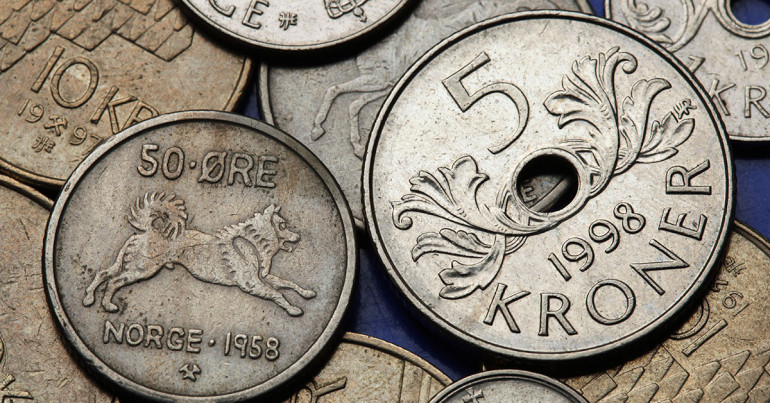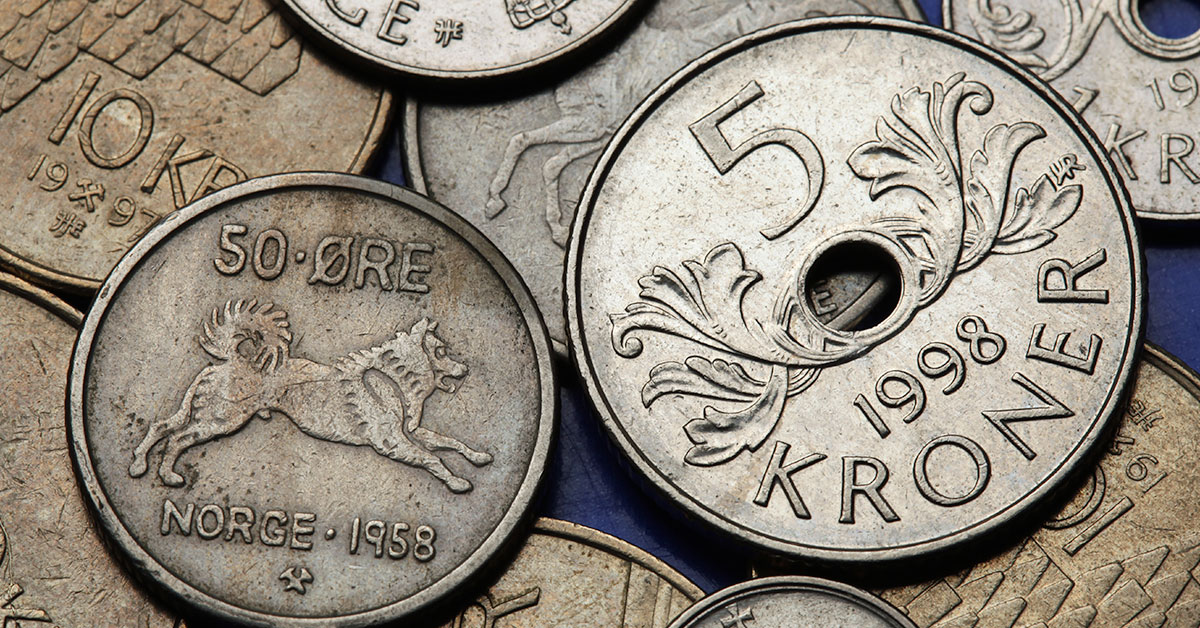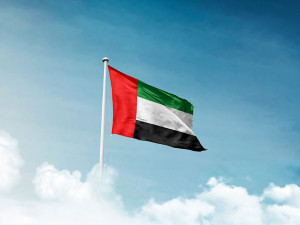
As of the time of writing, the current weakest currency in Europe is the Norwegian krone (NOK). The past decade has seen a major decline for the krone against other major currencies, including both the US dollar and euro. In 2013, 1 dollar was equal to between 5 and 6 NOK, whereas today 1 dollar will exchange for just over 11 NOK. This sharp decline has been caused by a combination of factors – changing economic dynamics and an overall reduction in demand for Norway’s major exports like oil and gas have been a major contributor. Throughout this article we will explore the reasons for the decline in the krone’s value, and how it has ended up as the weakest currency in Europe.
Why has the Norwegian krone weakened so significantly?
A number of factors are at play in the krone’s decline, including:
Decline in Oil Dependency
Historically, Norway’s economy has been tied to exports of oil and gas. As the country moves towards renewables, coupled with an overall decline in the importance of petroleum, the krone has suffered as a result. The share prices of oil companies have been falling, with oil exports taking a smaller role in the Norwegian economy.
Central Bank Activities
Norway’s central bank, the Norges Bank has not been raising interest rates as aggressively as other central banks like the European Central Bank, or the Federal Reserve. This difference in interest rates has made the krone less attractive to investors, as it will be considered a ‘low-yield’ currency.
Global Investor Confidence
In response to global events during times of uncertainty, it is generally the weaker currencies that suffer as a result. Responses to events like the COVID-19 pandemic, the war in Ukraine and overall concerns about a lack of economic growth have drawn investors toward ‘safe-haven’ currencies like the US dollar or Swiss franc.
Norges Bank Currency Sales
In order to bolster the country’s sovereign wealth fund, Norges Bank sells NOK from the tax revenues of oil companies. Actively exchanging your domestic currency for foreign currency will put downward pressure on the domestic currency.
Domestic Economic Challenges
Norway has been facing economic challenges like low productivity, a rise in wages, and higher than-desired levels of inflation. Compared to other countries, these factors have indicated weaker than expected economic performance.
Taxation Policy
Another discouragement to foreign investment, recent increases in wealth taxes and further proposals for an inheritance tax have encouraged wealthy Norwegians to move abroad, with a consequence of reduced demand for NOK.
Volatility and Liquidity Issues
The NOK is considered one of the least liquid currencies in the G10 group. This lack of liquidity makes the NOK more susceptible to volatility, compared to other currencies with deeper liquidity.

Why has Norway’s transition to renewable energy impacted the NOK so much?
Norway has been making large-scale investments in renewable energy projects both domestically and abroad, requiring significant amounts of capital. Investments like these are a major undertaking, looking to make Norway a more resilient economy in the long term, and to diversify its economy. However in the short term, fiscal resources are being strained, with currency fluctuation occurring as a result of capital outflows. The sovereign wealth fund of Norway, the Government Pension Fund Global, has begun divesting from fossil fuels and reallocating their capital towards more sustainable investments. This is in alignment with the energy transition, but reduces their exposure to the more high-revenue oil assets, with the NOK being affected downstream. Overall, the shift in focus to exporting green technologies presents opportunities for economic growth. However, as these markets are still developing, they may not be in a position to compensate for the losses incurred during the transition. To find a silver lining, this transition demonstrates Norway’s proactive approach to climate change and renewable energy, solidifying its reputation as a stable and forward-thinking economy. Long term, this is an attractive prospect for foreign investment.
What does the future look like for the NOK?
The future outlook for the NOK in 2025 appears to be mixed. Short-term weaknesses are already being realised, with small potential for a medium to long-term stabilisation or recovery. As the NOK continues to face downward pressure today, forecasts are suggesting a slight depreciation against the major currencies like the euro and the pound in the short term. For example, the EUR/NOK rate is expected to rise to 11.675 in a month, a 0.25% increase from current levels, with similar trends being expected with the GBP/NOK.
Medium-term projections are suggesting some stabilisation or even a small recovery for the krone, with the EUR/NOK projected to decrease slightly to 11.6194. Some key influencing factors on this will be the prices of oil – the krone remains highly sensitive to fluctuations in oil prices. A continued weakness within energy markets could have significant effects on the NOK, whilst any rebounds will support a recovery. Furthermore, interest rate decisions from Norges Bank will be a key area to watch. Higher interest rates may help to stabilise the currency, whilst more dovish policies may worsen its depreciation. On the whole, broader market trends will influence overall risk sentiments and global central bank actions, which will always play a part in affecting the NOK’s value.

Conclusion
The Norwegian krone’s status as the weakest currency in Europe is the result of multiple factors. Economic shifts, central bank policy and global investor sentiments have all contributed to a sharp decline in the NOK’s value in the past ten years. As Norway moves away from a dependency on oil exports, short-term pain has been felt in currency volatility. However, the long-term aims of the renewable project indicate growing resilience for the Norwegian economy. While a conclusive long-term outlook remains hard to predict, Norway’s commitment to renewable energy and diversification in its economy may ultimately position it for future growth and investment appeal.
Caleb Hinton
Caleb is a writer specialising in financial copy. He has a background in copywriting, banking, digital wallets, and SEO – and enjoys writing in his spare time too, as well as language learning, chess and investing.



